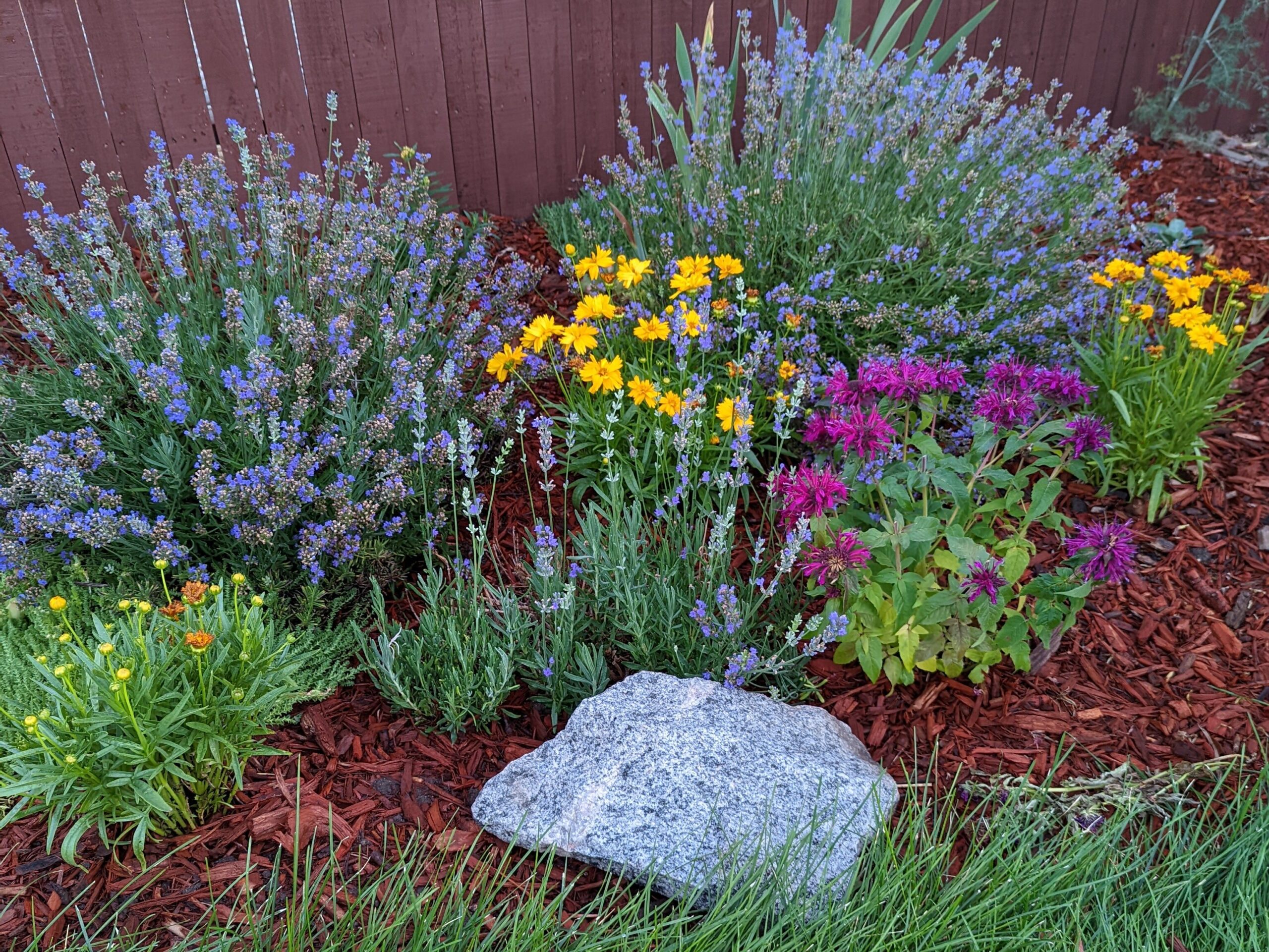
Colors evoke certain emotions. Red draws attention because it is the color that the eye sees first and will get a garden noticed.
Yellow draws attention and can signify a warning. Yellow marigolds lining a stairway will make people slow down and pay attention.
Pink lacks the passion of red but is warmer than blue. It can range from a bright rose-pink to a very pale pastel pink, so it can be used either as an exciting, bright color or a charming, warm color.
Blue, a common favorite color, is cool and relaxing. It is easy to combine with other colors, and, when combined with white, it can make a garden appear much cooler, even on a hot day!
White, ivory and gray mediate between colors. You can use colors that clash, such as pink and orange, if you carefully use whites and grays to soften them. White and gray can be used alone in a garden, too. If you work during the day and only get to enjoy your garden at night, you might choose to do an all-white garden. It is a crisp and clean color that shows up well at night, and can also be used to line dark paths.
Green helps the eyes relax and recover from strain. Trees, lawns and shrubs all provide lots of green areas.
By studying the psychology of colors, you can create gardens that enhance moods or feelings, or make a garden appear longer, closer or wider.
For more information, see the following Colorado State University Extension fact sheet(s).
- Ground Cover Plants
- Evergreen Trees
- Ornamental Grasses
- Wildflowers in Colorado
- Rock garden Plants
- Selecting and Planting Roses
- Herbaceous Perennials
- Flowers for Mountain Communities
- Small Deciduous Trees



